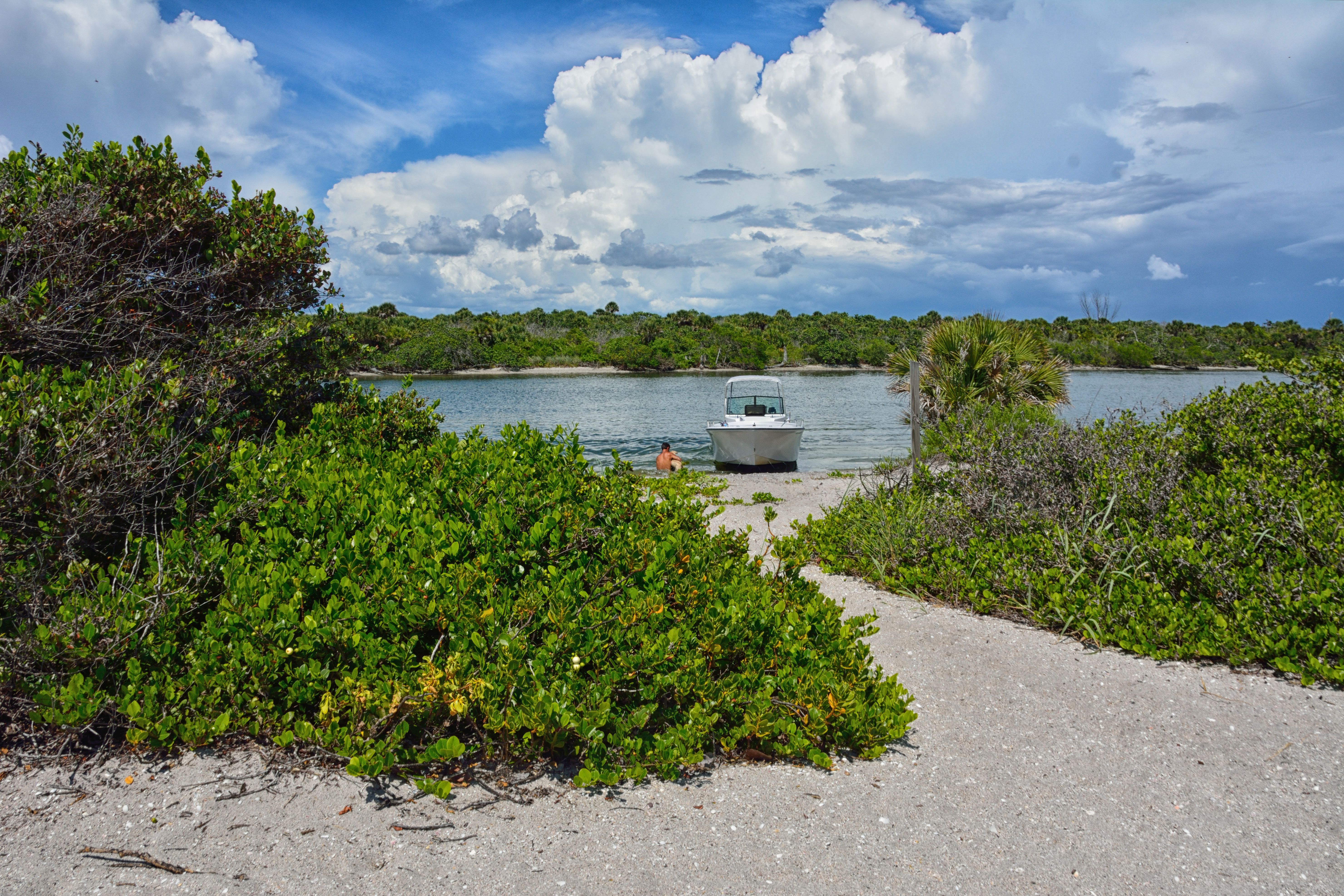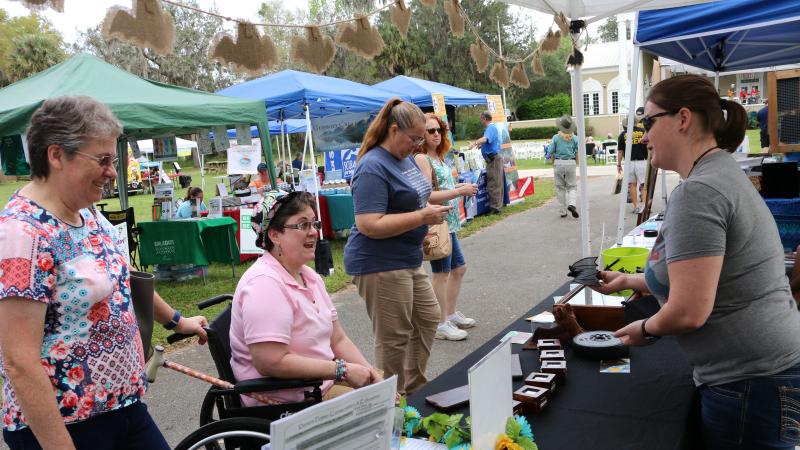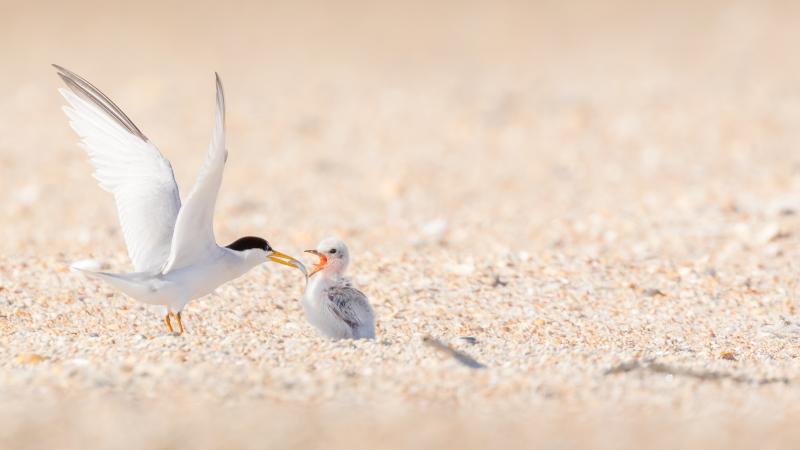
Mangroves at Stump Pass

Stump Pass greets all visitors warmly and in multiple ways, and you’ll see folks enjoying all the outdoor fun that the beach has to offer. There are park rangers guiding hikers through various coastal habitats, and kayakers paddling among the dolphins after launching into Lemon Bay. Gopher tortoises mosey across the path while eating leaves, and ospreys fly overhead. All these natural wonders await your arrival. But there is another natural wonder you can look forward to seeing.

Mangroves wave gently in the coastal breeze as if to invite you into their natural world. You can find red mangroves, black mangroves and buttonwood along the eastern shore and on the nature trail at the park. These trees are extremely important in coastal shoreline protection. Their intricate root systems help prevent erosion by trapping sediments and stabilizing the soil.

Mangroves act as a nursery-like environment, providing food and habitat for many species that will one day move to the ocean. Narrow swimming lanes are created by mangrove roots, which protect young animals from larger predators. Mangrove habitats also provide plenty of shade, which is welcomed by animals and people alike throughout Southwest Florida’s warm summers.
And if all these reasons to enjoy the mangrove trees along Lemon Bay weren’t convincing enough, they play another major role in the health of our oceans. They act as natural filters, improving water quality and clarity. Next time you visit Stump Pass Beach State Park, take a walk to the other side of the island. This cool habitat is a big deal.

